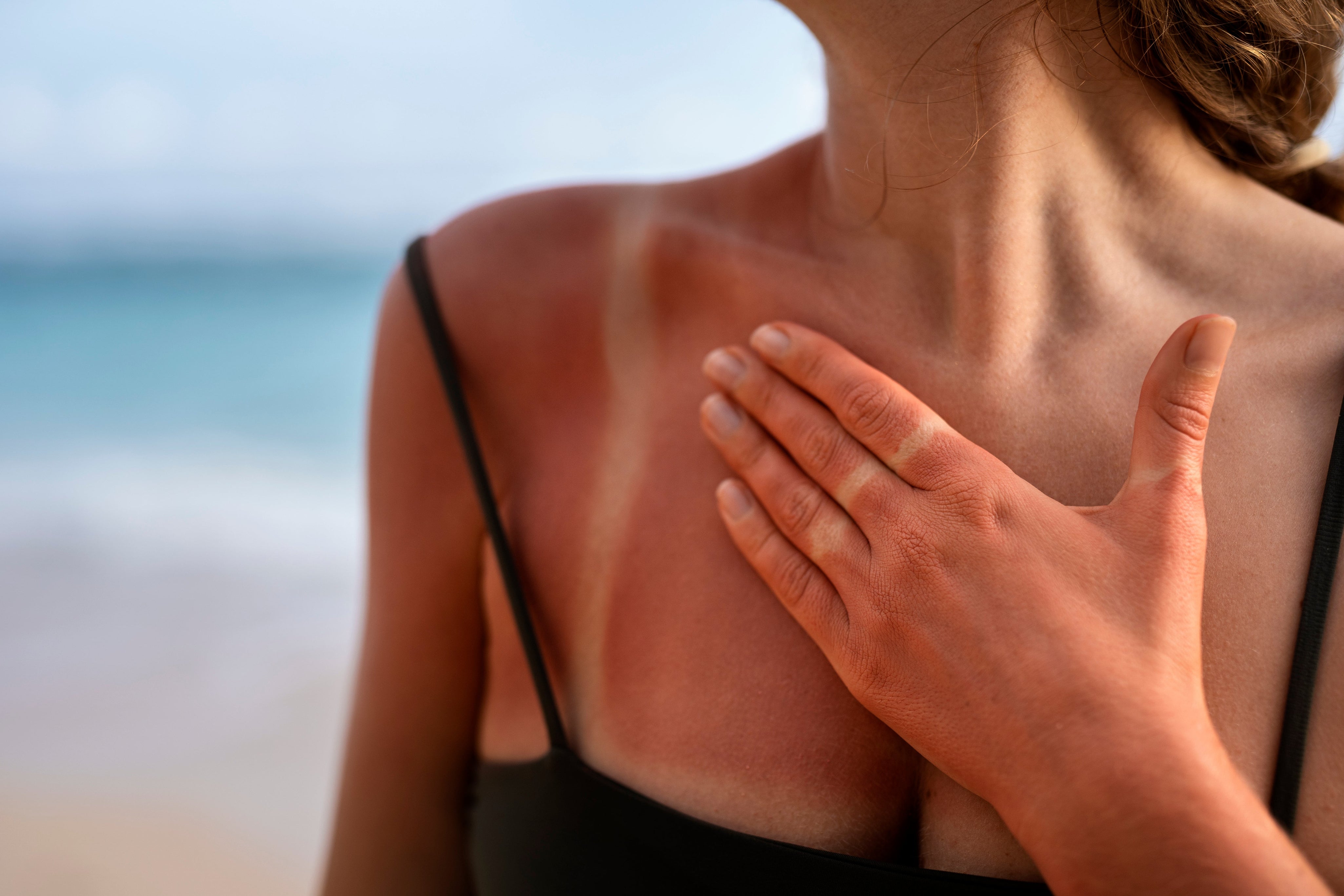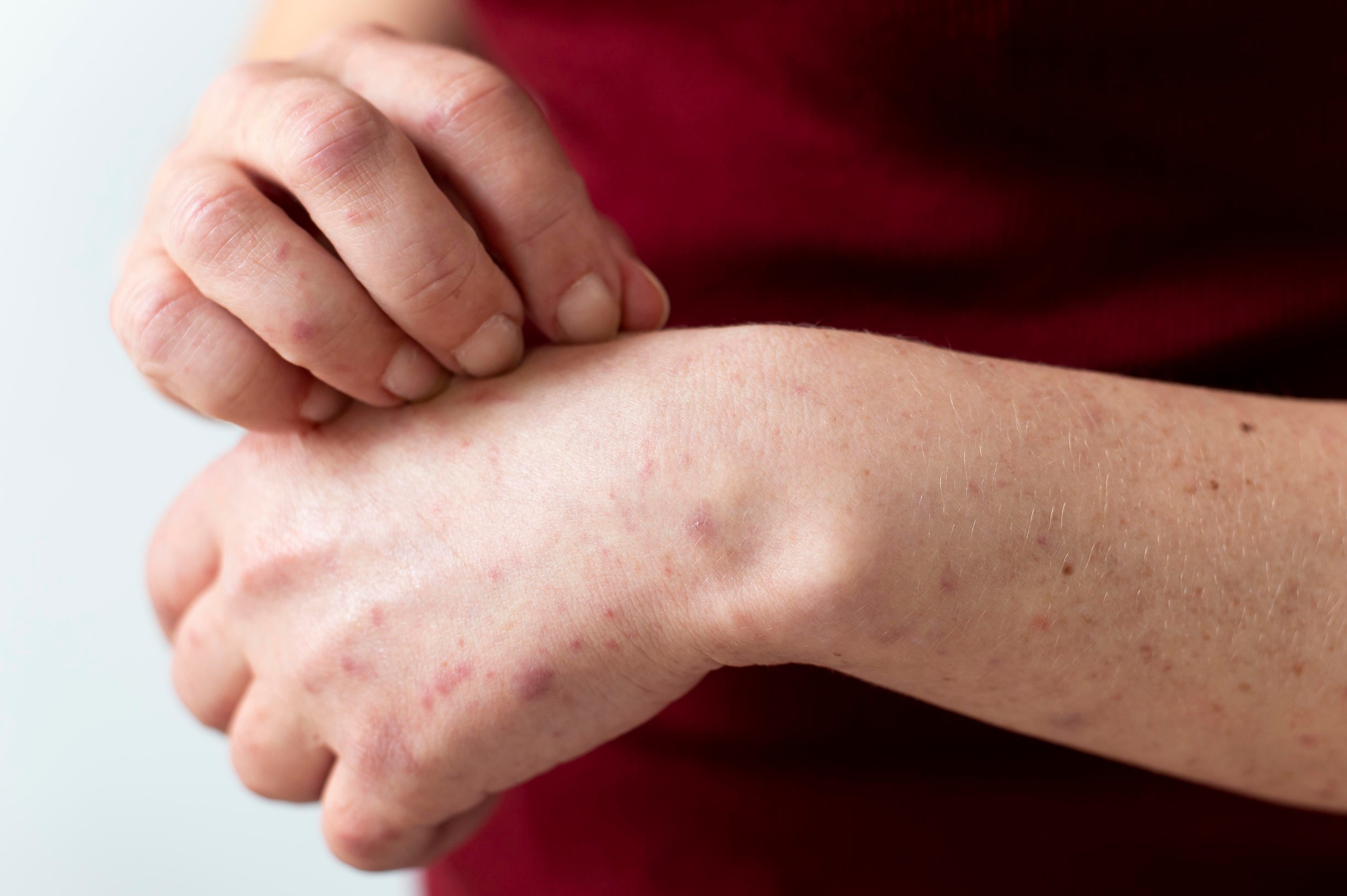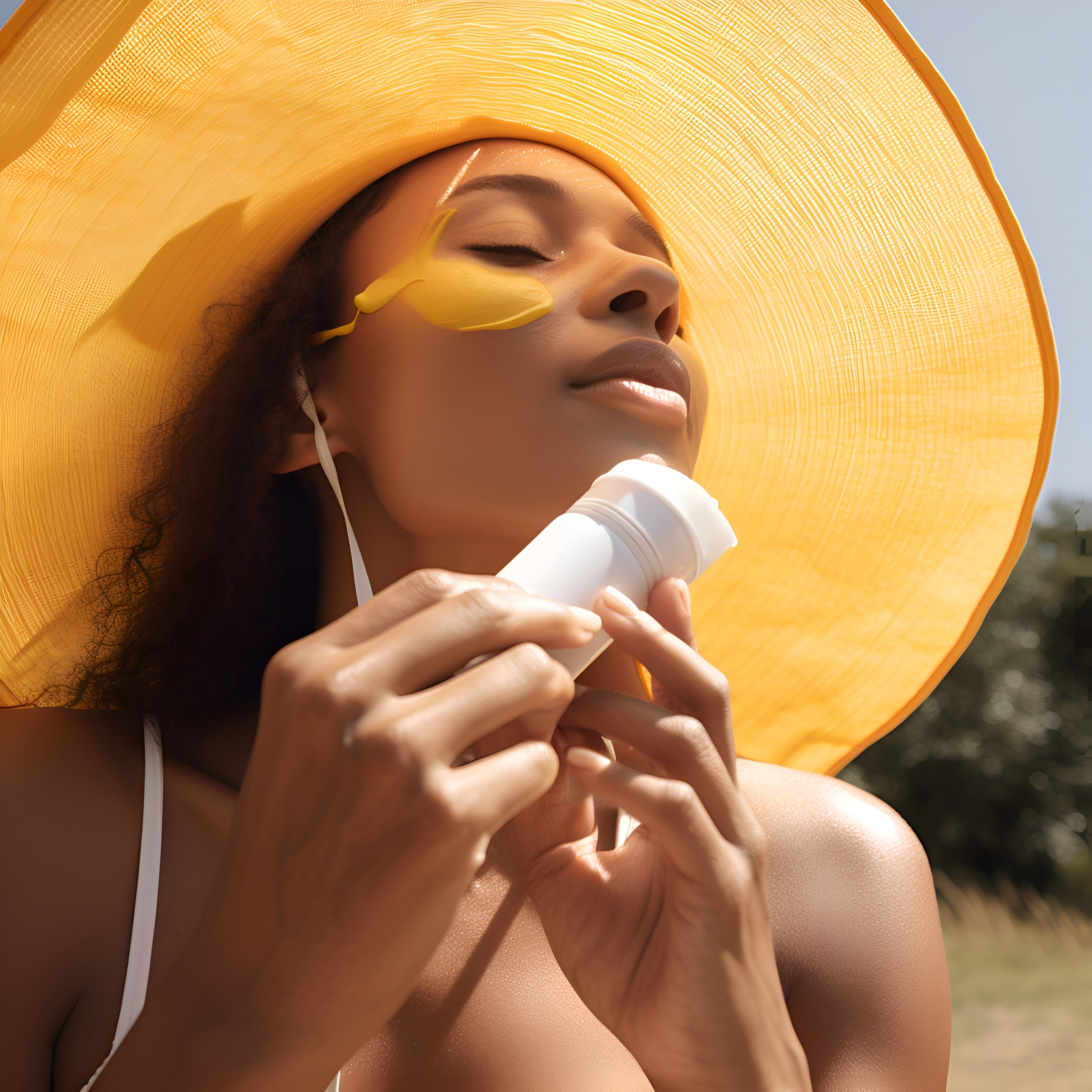How to Repair Sun-Damaged Skin: Top Dermatologist-Recommended Treatments

Sun exposure can wreak havoc on your skin, leading to a range of issues collectively known as photoaging. Understanding how to effectively repair sun-damaged skin is crucial for maintaining a healthy and youthful complexion. This guide, backed by skin expert recommendations, will walk you through effective treatments and practices to reverse sun damage.
What is Photoaging?
Photoaging refers to the skin changes that occur due to prolonged sun exposure. This includes fine lines, wrinkles, sagging, and pigmentation changes. It's essential to recognise the signs of sun damage early to take preventive and corrective action.
Can You Reverse Sun Damage?
While complete reversal might not always be possible, many treatments can significantly improve the appearance and health of sun-damaged skin. Early intervention and a consistent skincare routine can lead to remarkable improvements.
Effective Ways to Repair Sun Damaged Skin
- Use Antioxidant-Rich Serums: Incorporating serums that are rich in antioxidants, such as vitamin C, vitamin E, or ferulic acid, can significantly combat free radical damage. These powerful ingredients not only help neutralize harmful molecules but also promote skin repair and rejuvenation, leading to a healthier complexion over time.



- Apply Retinoids or Retinol: Retinoids, including retinol, are well-known vitamin A derivatives that play a crucial role in boosting cell turnover and stimulating collagen production. By integrating these into your skincare routine, you can effectively reduce the appearance of fine lines, wrinkles, and pigmentation for a more youthful and even-toned skin.

- Consider Chemical Peels: Chemical peels are an excellent option for exfoliating the outer layer of skin, revealing fresher and more radiant skin underneath. This process not only improves texture but also enhances skin tone, making it a popular choice for those looking to refresh their appearance.

- Microneedling Treatments: Microneedling is a minimally invasive procedure that stimulates collagen production through tiny micro-injuries to the skin. This treatment not only enhances the absorption of topical products but also results in smoother and more youthful-looking skin, making it a favorite among skincare enthusiasts.

- Try Laser Therapy: Laser treatments are highly effective in targeting sun damage and other skin imperfections. These advanced therapies can help reduce pigmentation, improve skin texture, and promote skin renewal, effectively giving your complexion a brighter and more even appearance.

- Use Broad-Spectrum Sunscreen Daily: Protecting your skin from further UV damage is essential for maintaining its health. Opt for a broad-spectrum sunscreen with at least SPF 30, and make it a daily habit to apply it before stepping outside. This simple yet vital step can help prevent premature ageing and skin cancer.

- Apply Collagen-Boosting Ingredients: Look for creams or serums that contain collagen-boosting ingredients such as peptides and growth factors. These components support collagen production and improve skin elasticity, helping to maintain a plump and youthful appearance.

- Exfoliate Gently: Regular, gentle exfoliation is key to maintaining vibrant skin. It helps remove dead skin cells, allowing for better absorption of skincare products and enhancing the overall texture of your skin. Choose mild exfoliants to avoid irritation and preserve your skin's natural barrier.

Signs of Skin Sun Damage
Recognising the signs of sun damage can help you take action sooner. Look for:
- Fine lines and wrinkles
- Hyperpigmentation
- Leathery skin
- Redness and blotchiness
- Increased wrinkles
- Actinic Keratoses (rough, scaly patches)
- Development of moles or skin growths
- Melasma (dark patches)
People At-Risk for Photoaging
- Individuals with fair skin who burn easily
- People with a history of sunburns
- Those who spend significant time outdoors without protection
- Individuals with a family history of skin cancer
When to Consult a Professional for Photoaged Skin
If you're concerned about the effects of sun damage on your skin, or if you notice any unusual moles or growths, don’t hesitate to consult a dermatologist. They can provide tailored solutions and professional treatments to revitalise your sun-damaged skin.
Don’t Wait to Revitalise Your Skin—Consult Our Experts for Tailored Solutions
It's time to restore your skin's natural glow and health with our thoughtfully curated skincare solutions aimed at reversing sun damage. At Skin to Heart, we genuinely care about your unique skin needs and offer personalised treatments and products to support you. Whether you want to soothe and repair or begin your journey to rejuvenation, our dedicated experts are here to guide you with compassion and understanding. Don’t hesitate—experience the best in skincare innovation today. consult with our skin experts, and let us help you achieve the radiant, youthful skin you truly deserve.
Sun Damage Treatment FAQs
- Does vitamin C reverse sun damage?
Yes, vitamin C is known to help repair sun damage and brighten the skin.
- What helps skin repair itself?
Proper hydration, a balanced diet rich in antioxidants, and consistent skincare routines can aid in skin repair.
- How long does sun-damaged skin take to heal?
Healing time varies, but with the right treatments, you may start to see improvements within a few weeks to months.
By following these guidelines and incorporating dermatologist-recommended treatments, you can effectively repair sun-damaged skin and maintain a healthy, radiant complexion.
- Tags: sensitive skin sun damage
0 comments

